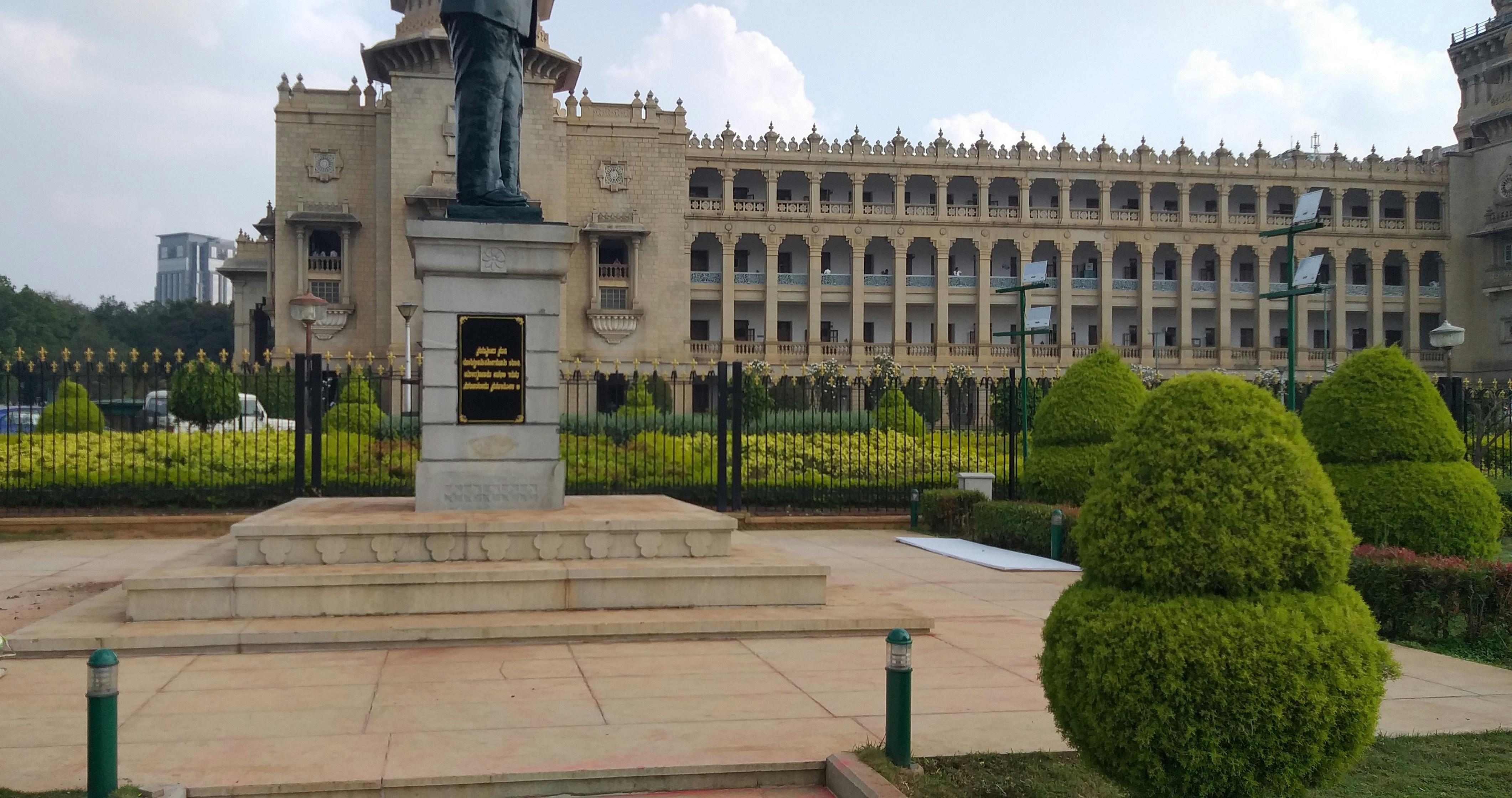In the realm of dystopian literature, few works have captured the public’s imagination and provoked intense discussion as profoundly as Suzanne Collins‘ “The Hunger Games” trilogy. Set in a stark future where societal divides and political manipulation are writ large, the series offers more than just a gripping narrative; it serves as a mirror reflecting contemporary political realities. Through its vivid portrayal of power dynamics, class struggles, and the manipulation of media, “The Hunger Games” provides a fertile ground for examining the parallels between its fictional world and the complexities of modern politics. This article delves into how the trilogy not only entertains but also prompts readers to critically engage with the socio-political issues that resonate with today’s global landscape. By analyzing key themes and characters, we aim to uncover the insights Collins’ work offers into the nature of power, resistance, and societal change, shedding light on the ways in which fiction can illuminate the truths of our own world.
Parallels Between Panems Governance and Contemporary Authoritarian Regimes
In Suzanne Collins’ The Hunger Games trilogy, the dystopian world of Panem is ruled by a centralized, authoritarian government that exerts total control over its citizens through fear and manipulation. This fictional regime shares striking similarities with contemporary authoritarian governments, where power is often concentrated in the hands of a few. These regimes employ several tactics to maintain their grip on power, echoing the strategies seen in Panem.
- Propaganda and Media Control: Just as the Capitol in Panem controls information to shape public perception, modern authoritarian regimes often manipulate media outlets to disseminate state-approved narratives, suppress dissent, and create an illusion of stability.
- Surveillance and Suppression: In Panem, the Capitol uses surveillance to monitor and control the populace, reminiscent of contemporary regimes that employ advanced technologies to surveil citizens, stifle opposition, and maintain control.
- Socioeconomic Disparities: The stark division between the affluent Capitol and the impoverished districts mirrors the socioeconomic inequalities found in many authoritarian states, where wealth and resources are concentrated among the elite, leaving the majority in poverty.
- Fear and Intimidation: Both Panem and real-world authoritarian governments rely on fear tactics, such as public punishments or disappearances, to intimidate citizens and discourage resistance.

Media Manipulation and Propaganda: A Reflection on Modern Information Warfare
In Suzanne Collins’ The Hunger Games trilogy, the use of media manipulation and propaganda is a central theme that mirrors the complexities of modern information warfare. The Capitol, with its tight grip on information dissemination, serves as a stark reflection of how governments and organizations can control narratives to maintain power. The annual Hunger Games themselves are not merely a brutal display of power but a meticulously crafted spectacle designed to suppress rebellion and instill fear. This spectacle is amplified by the Capitol’s media, which manipulates public perception through selective broadcasting and glorification of the event.
- Control of Information: Like the Capitol, many modern entities use media to control the flow of information, ensuring that only favorable narratives reach the public.
- Propaganda as a Tool: The glorification of the Games serves as a reminder of how propaganda can be used to mask atrocities and maintain a facade of normalcy.
- Selective Broadcasting: The Capitol’s selective broadcasting strategy is akin to how modern media can be selective, often focusing on sensationalism to divert attention from critical issues.
Through these elements, The Hunger Games provides a lens to examine the mechanisms of media manipulation and the pervasive influence of propaganda in shaping political realities today. The trilogy challenges readers to question the authenticity of the information they consume and to be wary of the underlying motives that may be at play.

Economic Disparities and Class Struggles: Lessons from the Districts
The stark contrast between the affluent Capitol and the impoverished districts in Suzanne Collins’ The Hunger Games trilogy serves as a compelling metaphor for modern economic disparities and class struggles. The districts, with their varying degrees of poverty and oppression, highlight how economic inequality can foster a sense of helplessness and resentment among the lower classes. In many ways, these fictional districts mirror real-world societies where the wealth gap continues to widen, leaving a significant portion of the population in economic despair.
- Concentration of Wealth: The Capitol’s luxurious lifestyle, sustained by the exploitation of district resources, parallels the real-world phenomenon where a small elite enjoys the majority of wealth.
- Social Mobility: The rigid class structure in the districts, where individuals have little hope of improving their social standing, reflects the challenges faced by those trapped in cycles of poverty today.
- Exploitation of Labor: The districts’ labor is essential to the Capitol’s prosperity, reminiscent of how underpaid workers in many societies fuel economic growth without reaping its benefits.
By examining the relationship between the Capitol and the districts, readers can glean insights into how entrenched economic systems perpetuate inequality and how those at the bottom often bear the brunt of systemic injustices. Such narratives invite us to question the sustainability and ethics of our current economic structures, urging a critical look at the policies and practices that contribute to these disparities.

Empowering the Youth: Katniss Everdeen as a Symbol for Modern Activism
In an era where the youth are increasingly at the forefront of political movements, Katniss Everdeen emerges as a powerful emblem of modern activism. Her character embodies the traits of courage, resilience, and a relentless pursuit of justice, which resonate deeply with today’s young activists. Through her journey, we witness the transformation of an ordinary individual into a symbol of resistance, sparking a revolution against an oppressive regime. This narrative mirrors the current global landscape, where young voices are challenging systemic injustices and demanding accountability from those in power.
- Courage and Resilience: Katniss demonstrates the impact of unwavering determination, inspiring young people to confront challenges head-on.
- Unity and Solidarity: Her ability to rally diverse groups towards a common goal highlights the power of collective action.
- Advocacy for Change: Katniss’s journey underscores the importance of advocating for societal transformation, encouraging youth to envision a better future.
These elements make Katniss Everdeen not just a fictional hero but a reflection of the very real potential for youth-driven change in today’s world. Her story encourages young individuals to harness their inner strength and collaborate in creating meaningful, lasting change.
Wrapping Up
Suzanne Collins’ “The Hunger Games” trilogy serves as a compelling allegory for various modern political realities, offering a mirror through which we can examine the complexities of power, inequality, and resistance. Through its portrayal of a dystopian society marked by extreme disparities and authoritarian control, the series invites readers to reflect on the structures and dynamics that shape our own world. By exploring themes of media manipulation, social stratification, and the struggle for autonomy, Collins’ work resonates with contemporary issues, prompting a critical analysis of the systems that govern our lives. As we navigate an era defined by rapid political and social change, “The Hunger Games” encourages a dialogue on the importance of vigilance, empathy, and activism in the pursuit of a more equitable and just society. Ultimately, the trilogy not only entertains but also challenges us to consider our role in shaping the future of our world, reminding us of the power of storytelling to illuminate and inspire.
